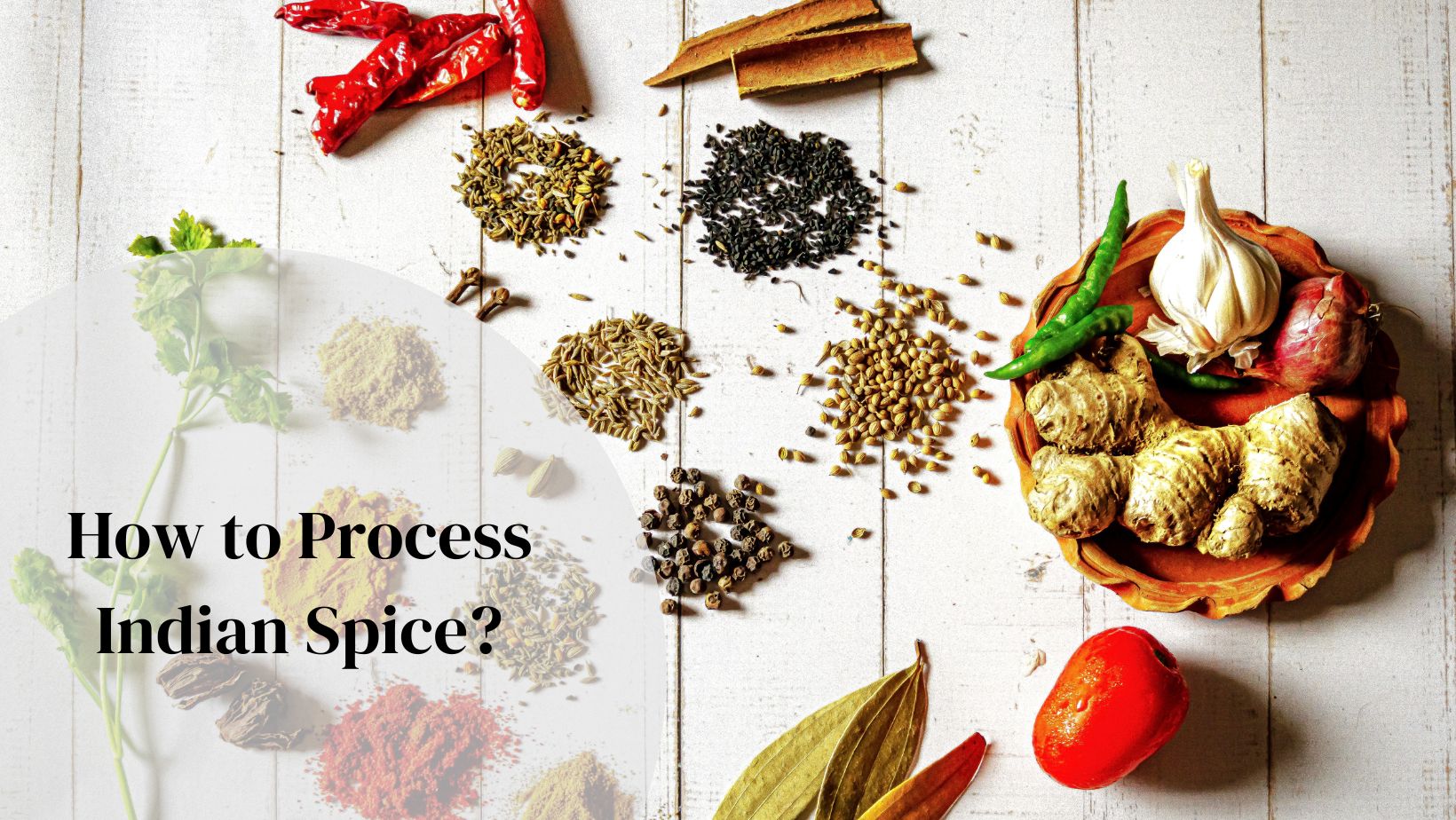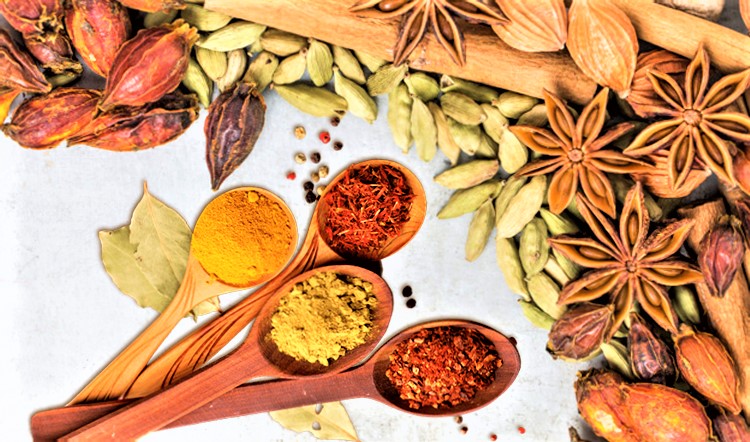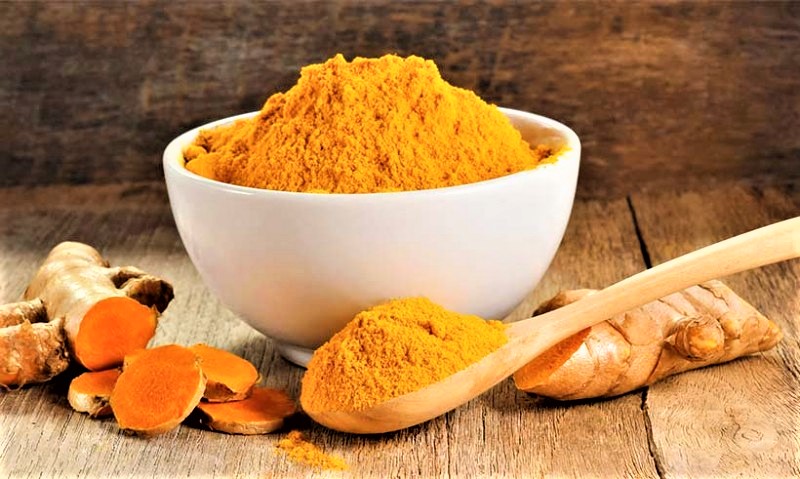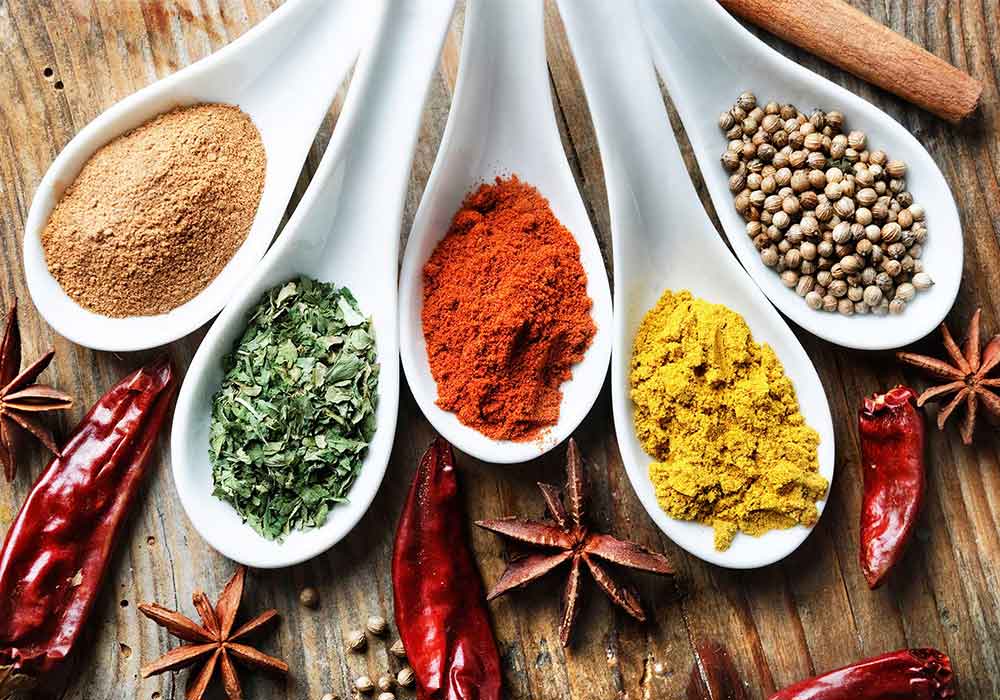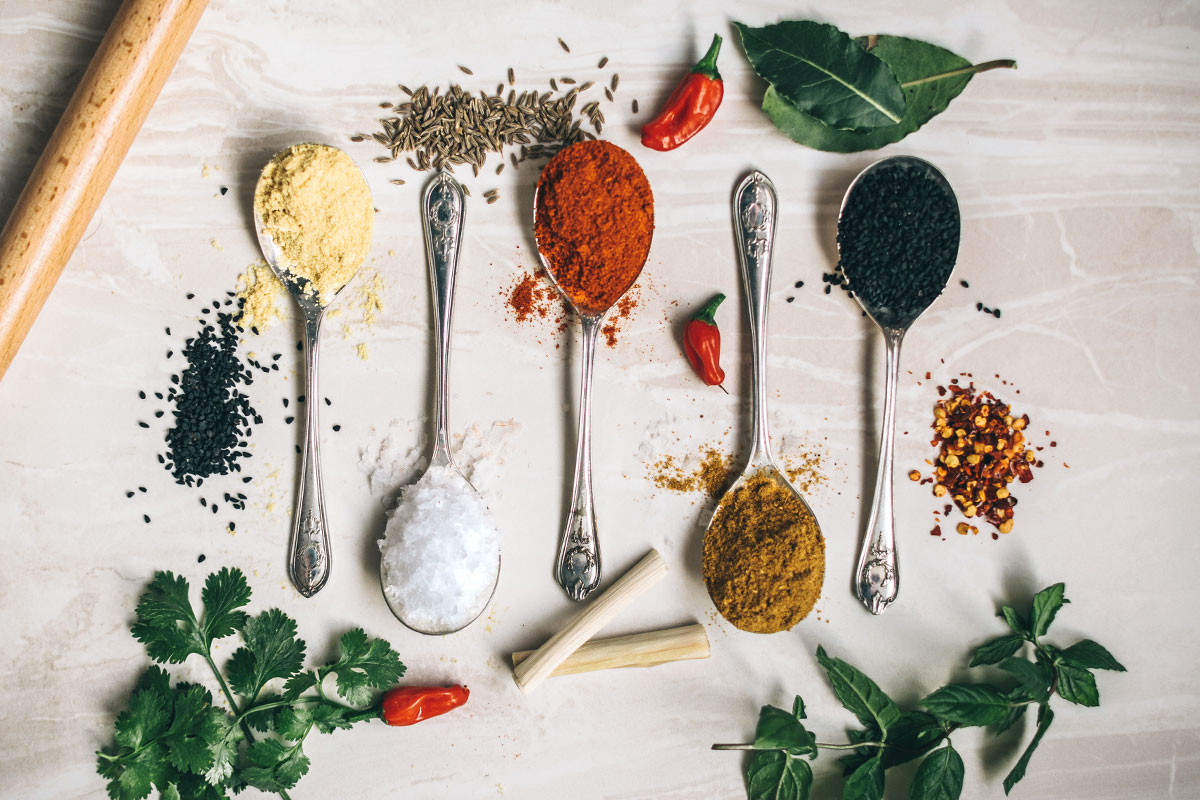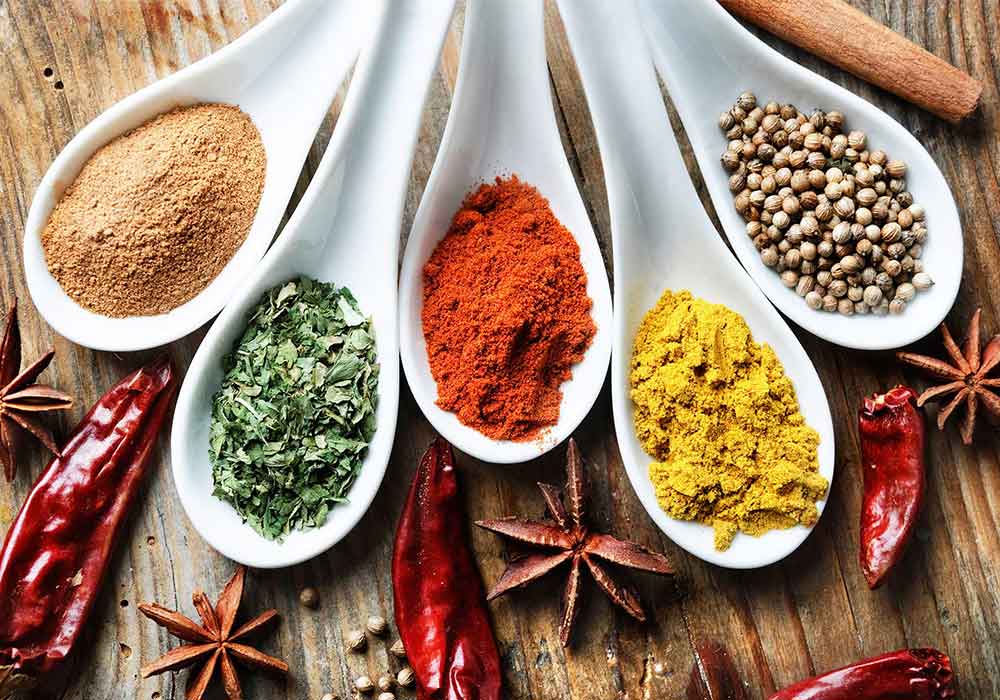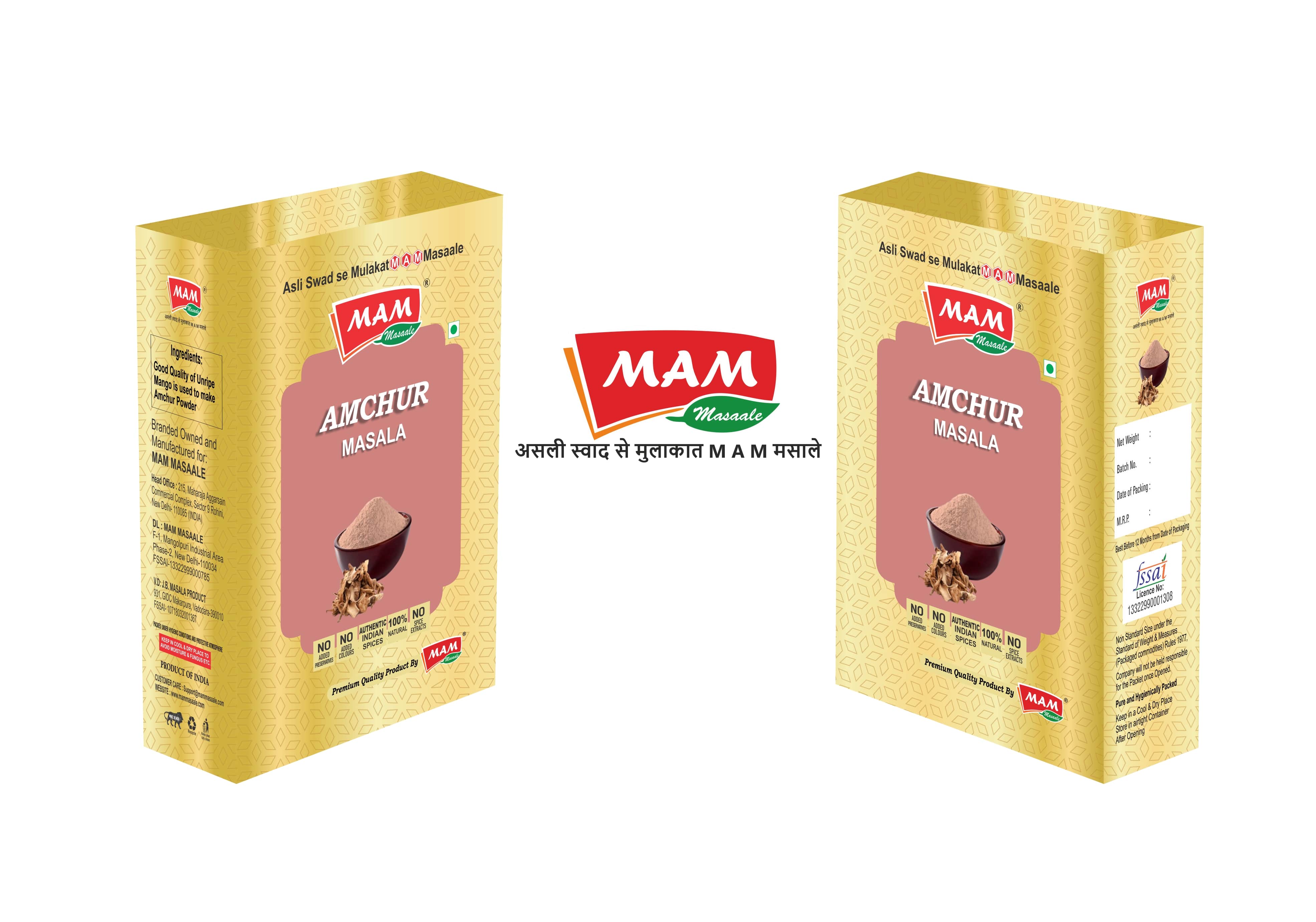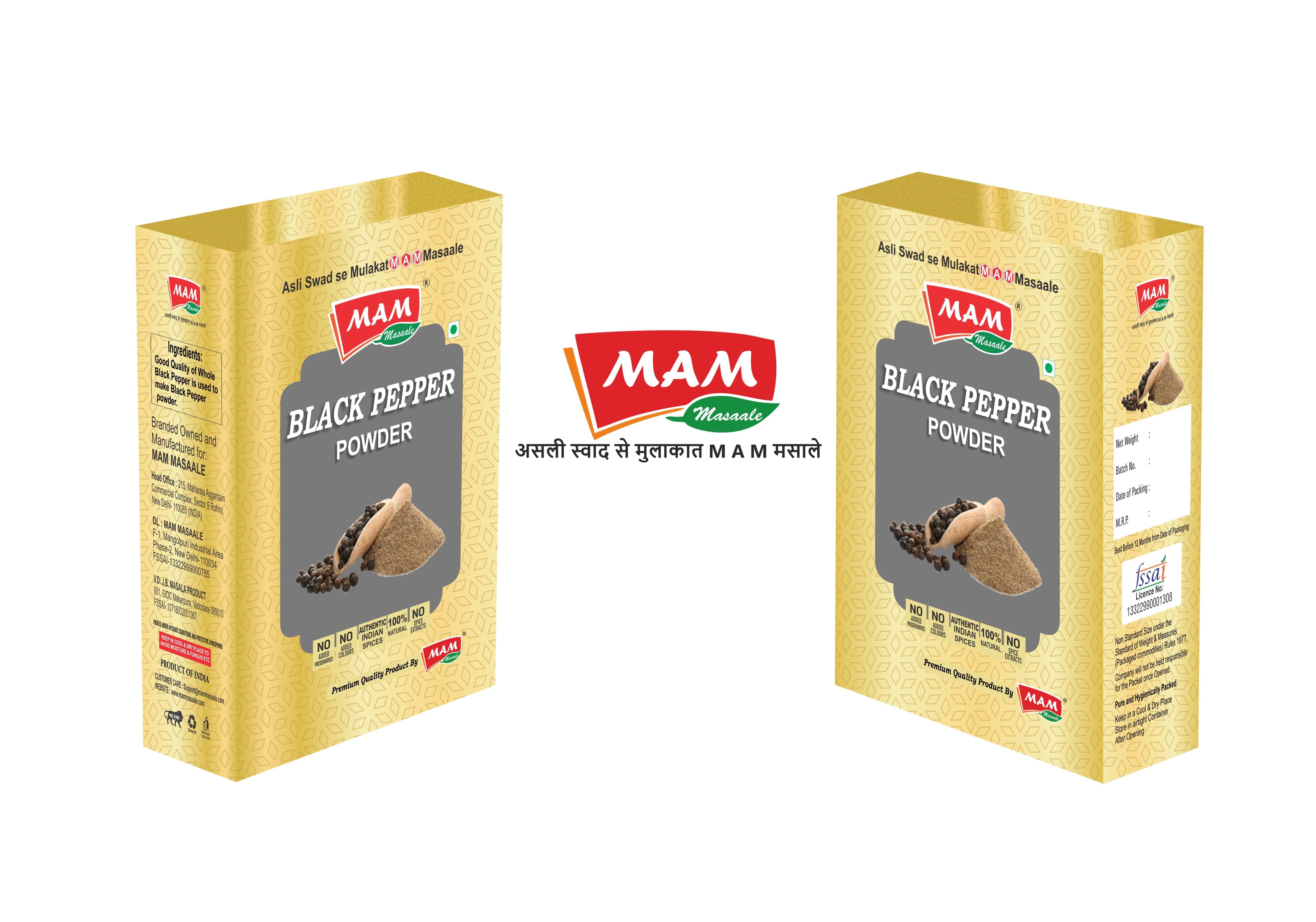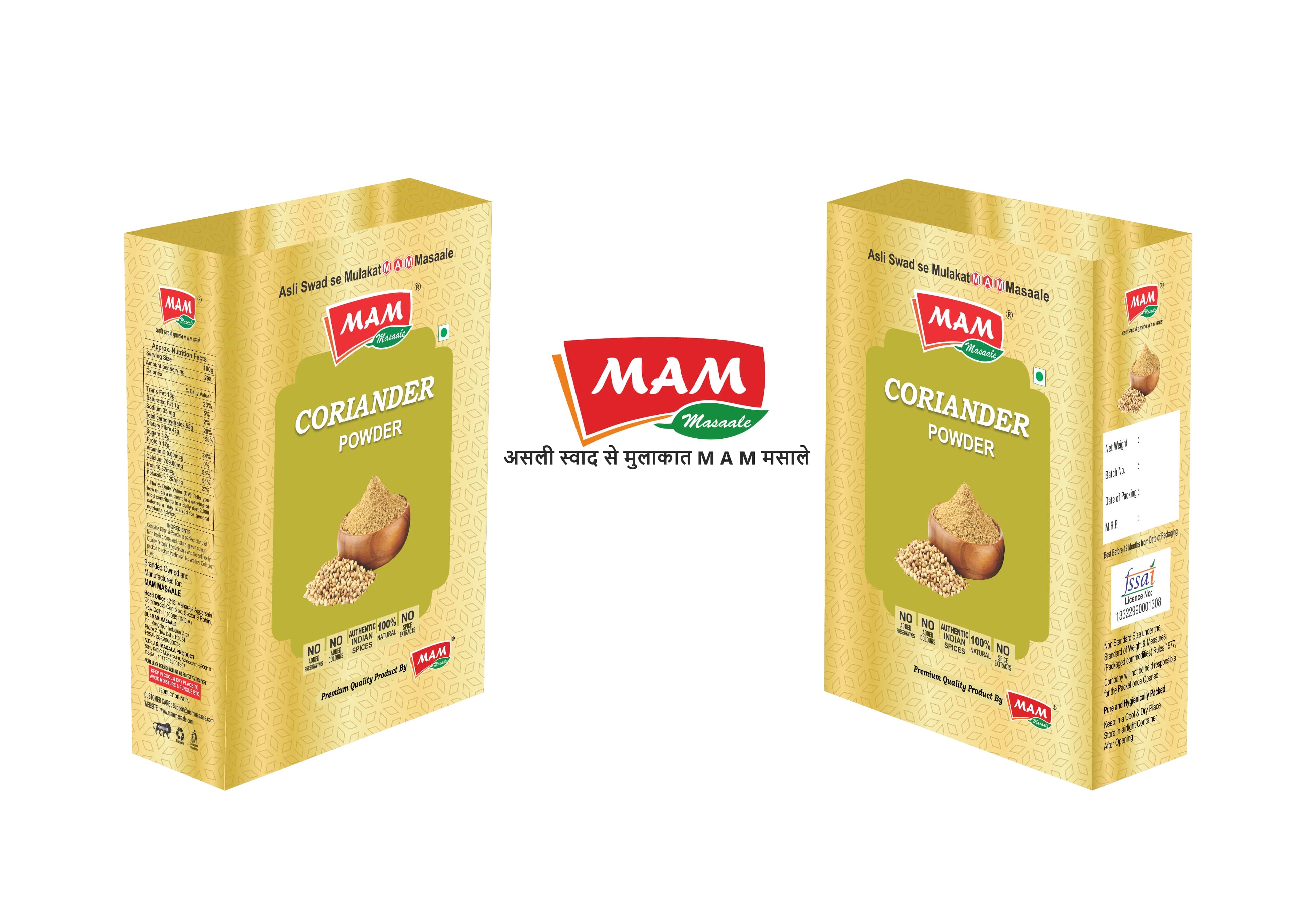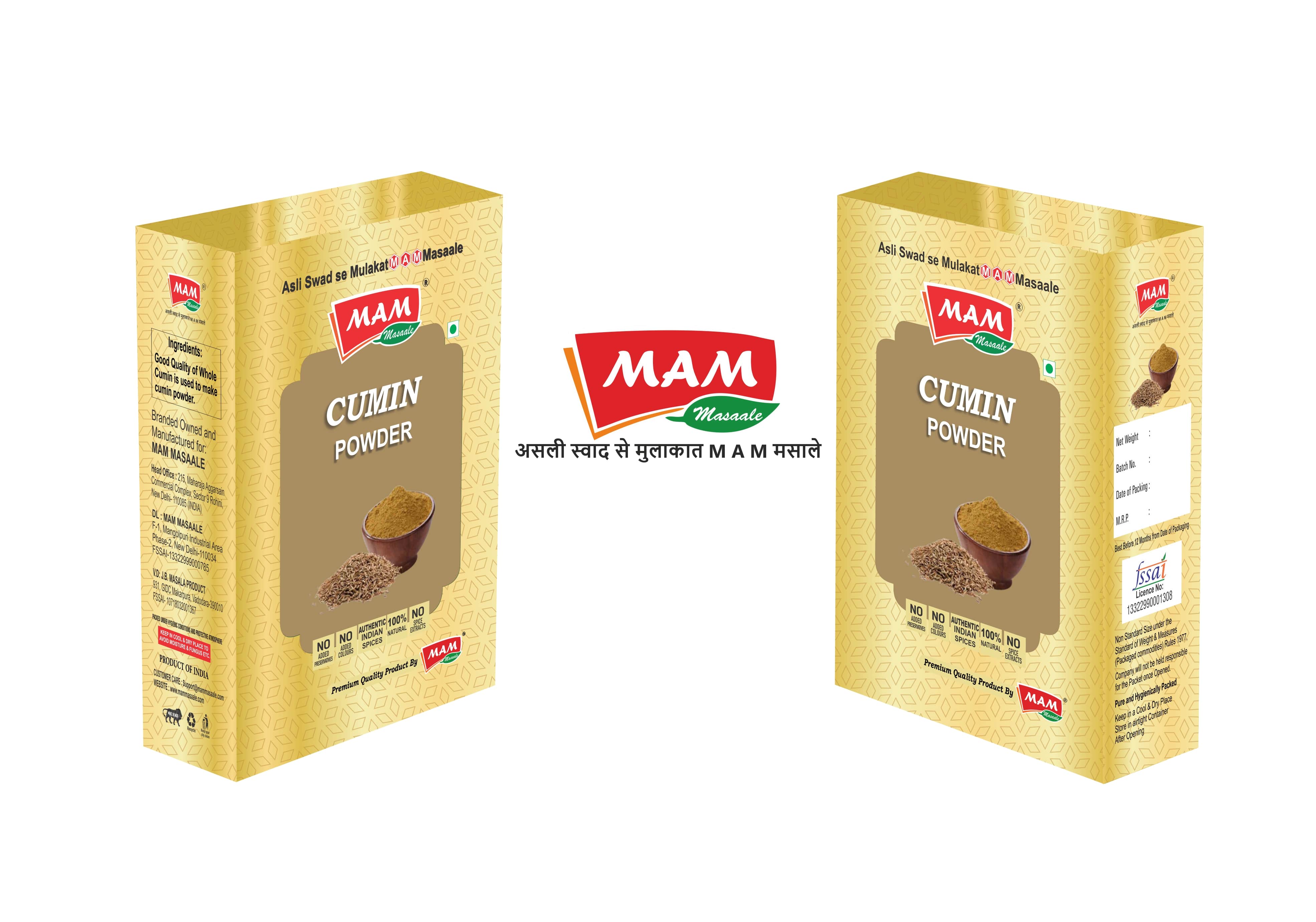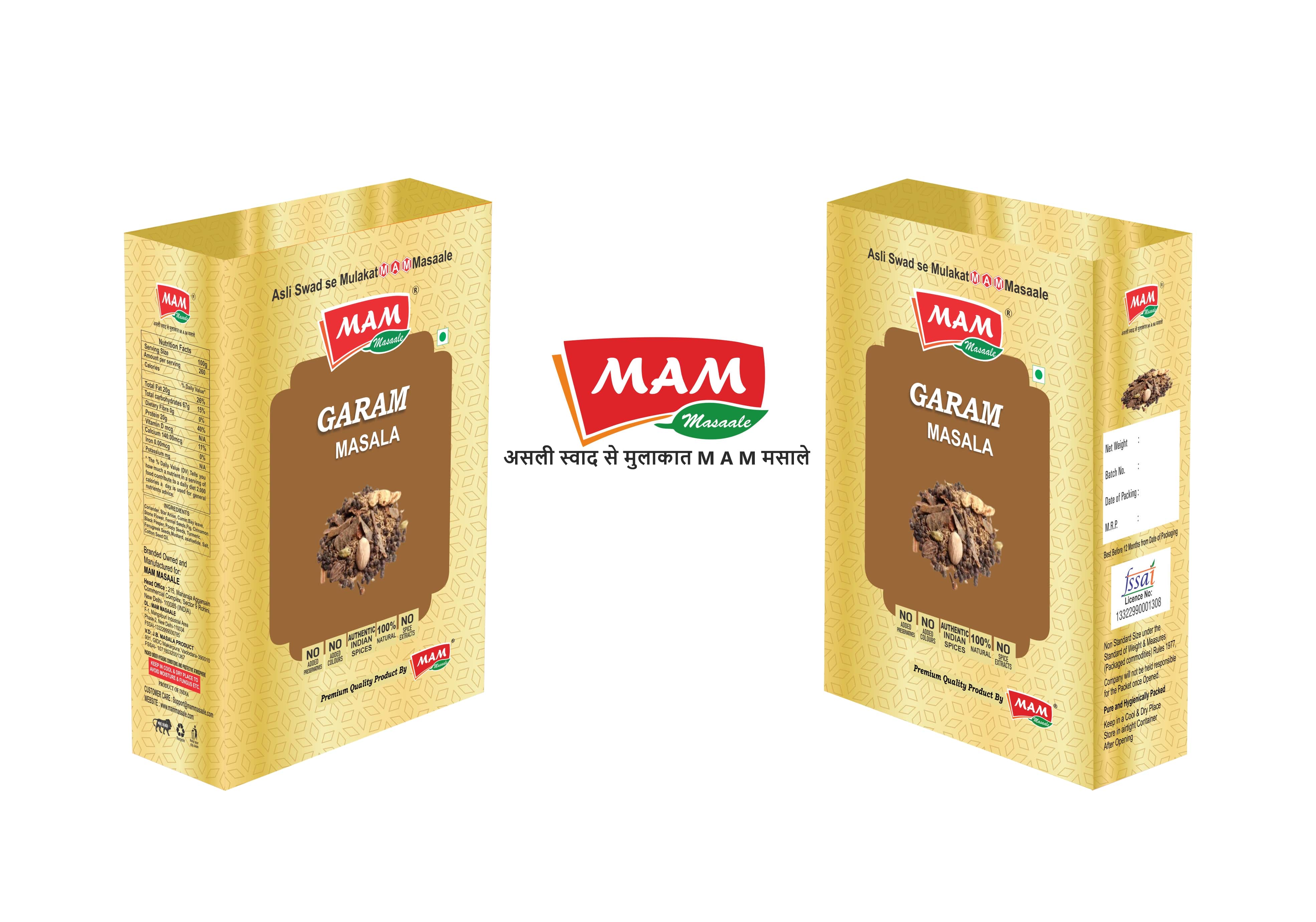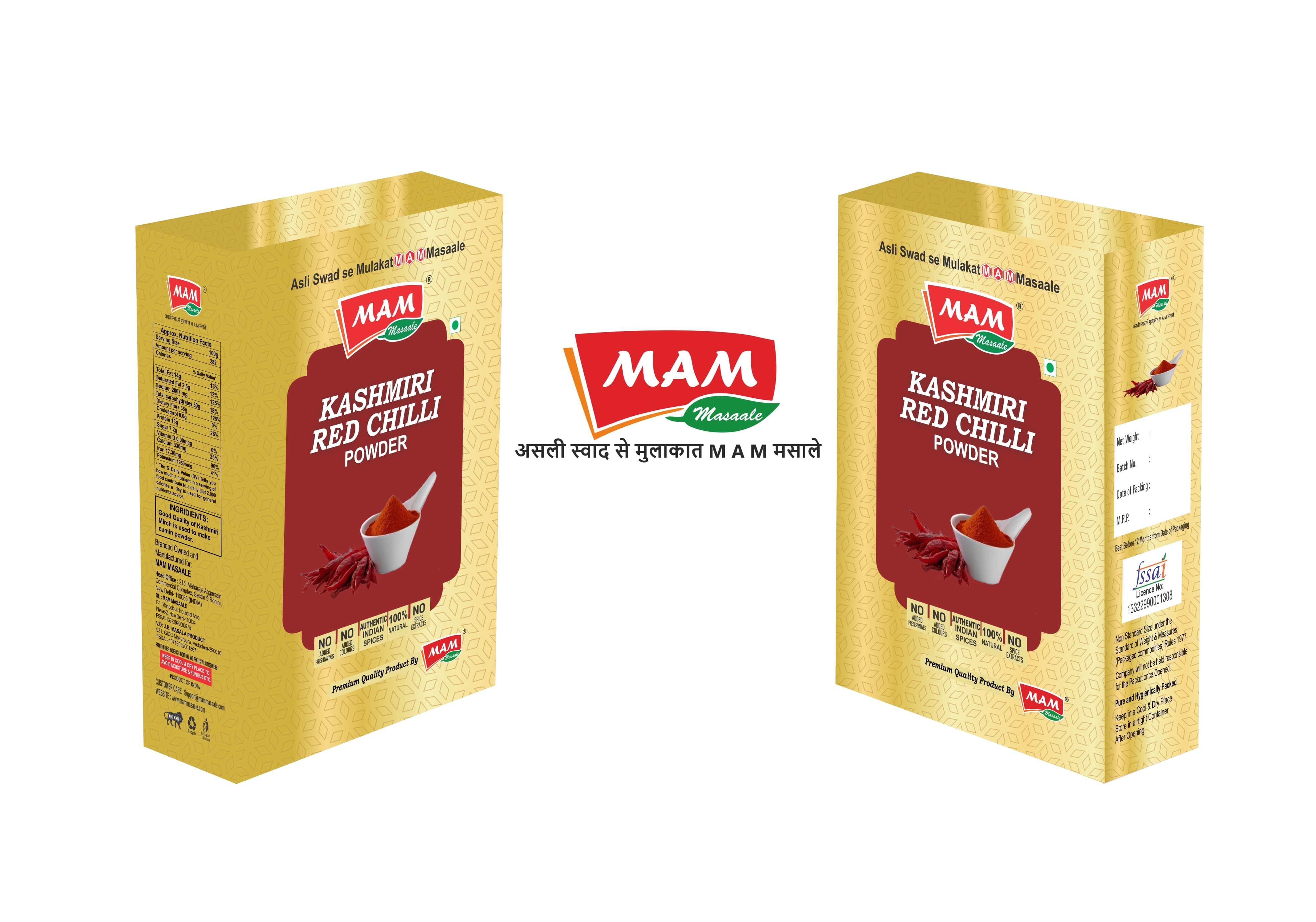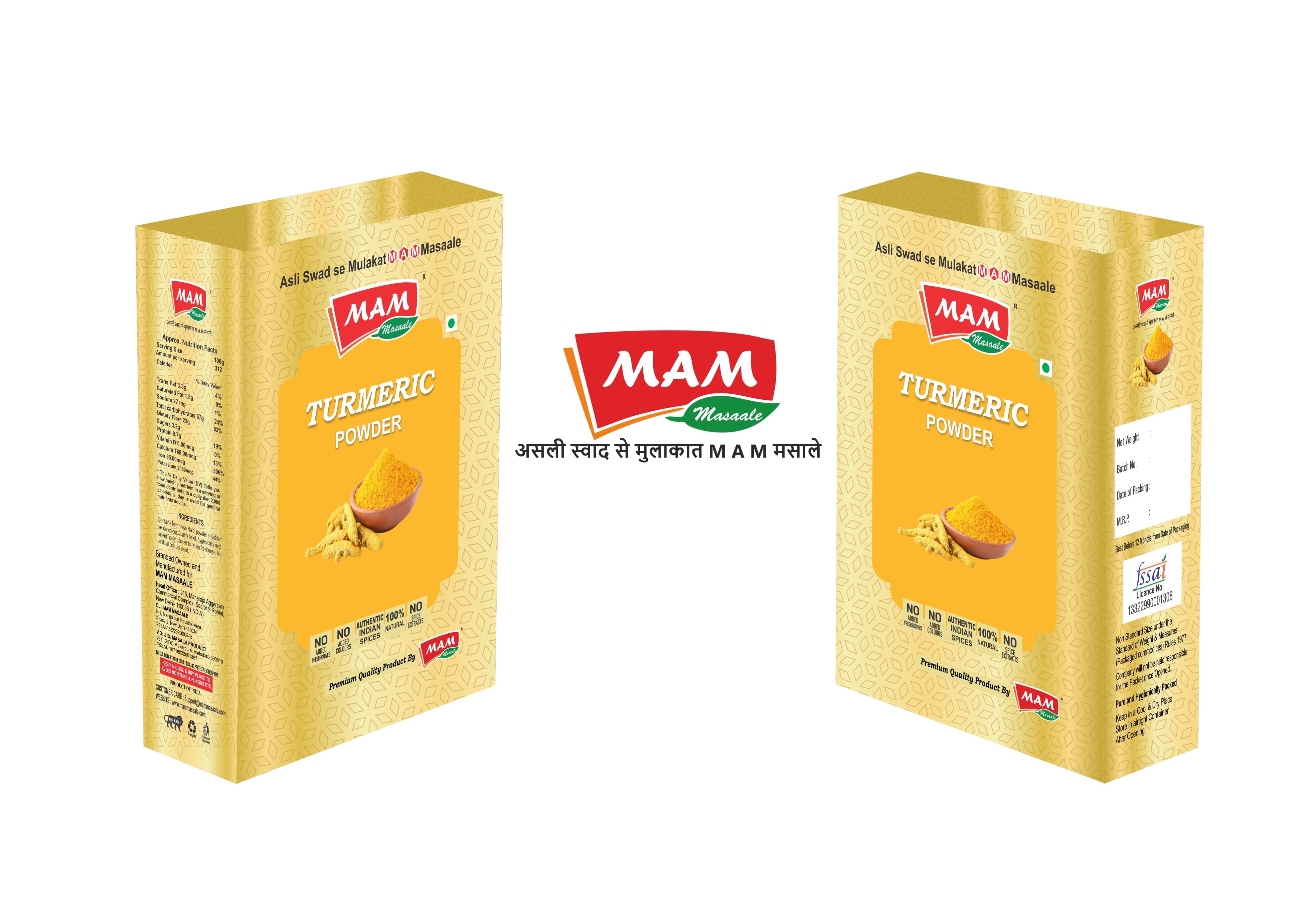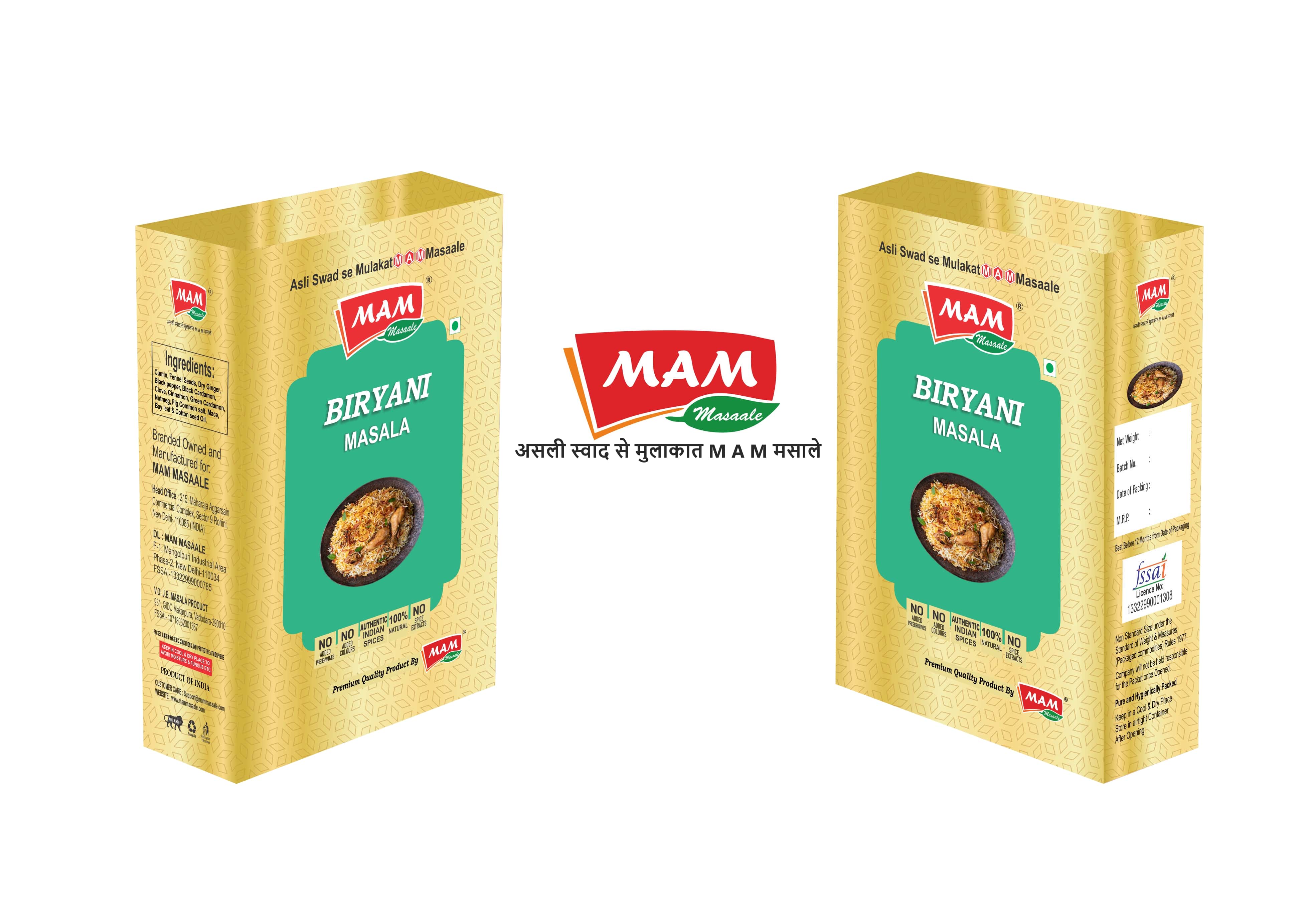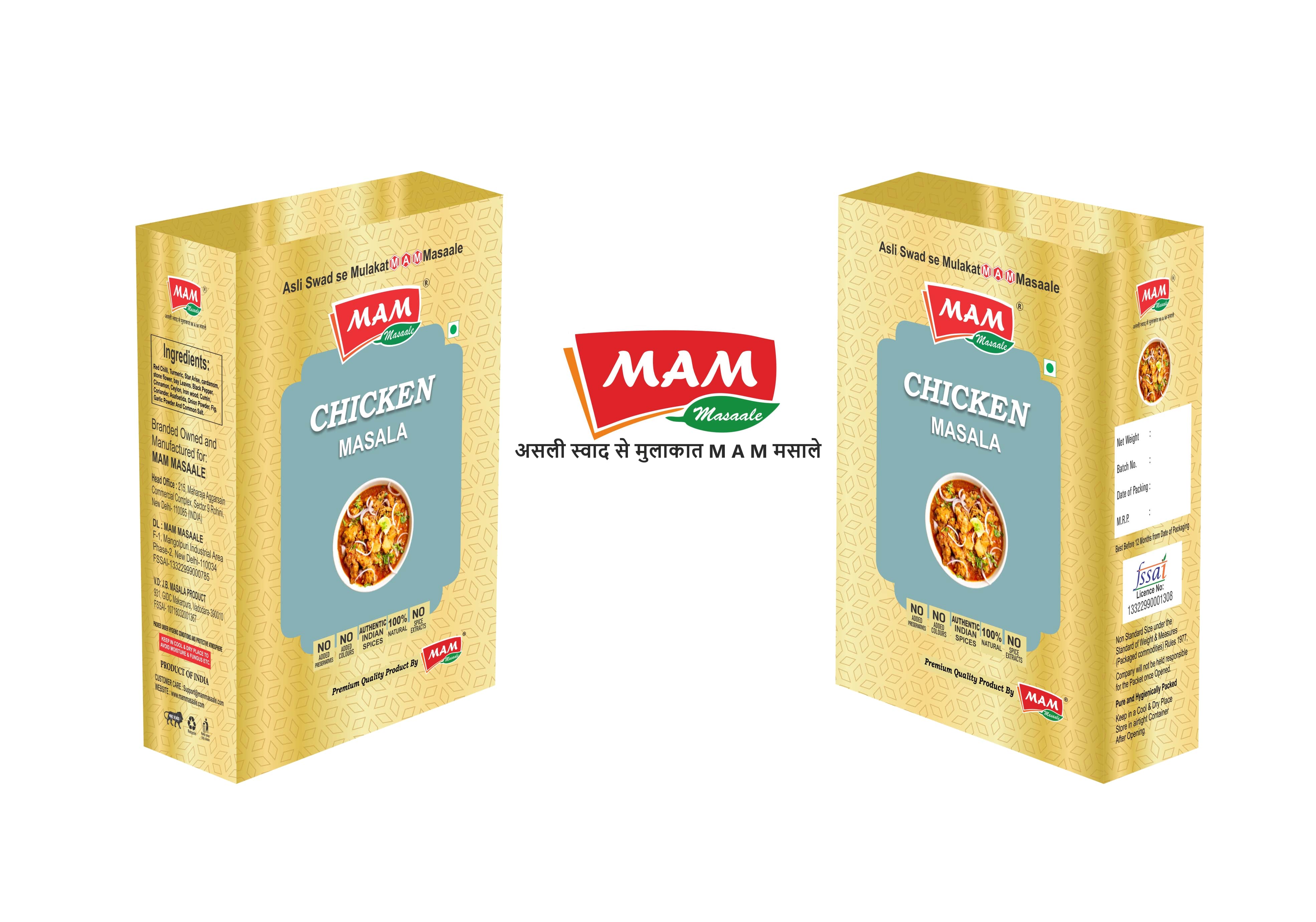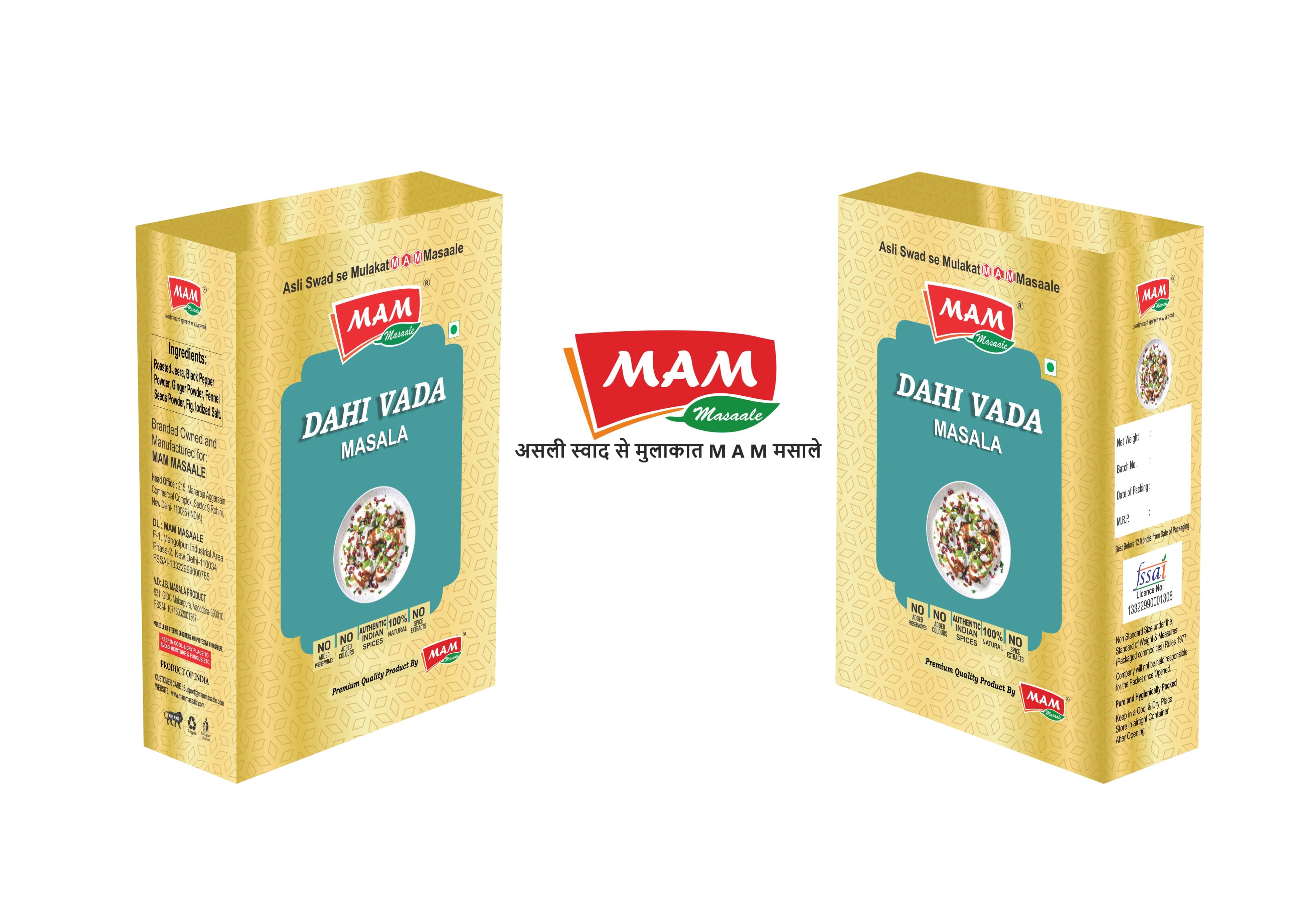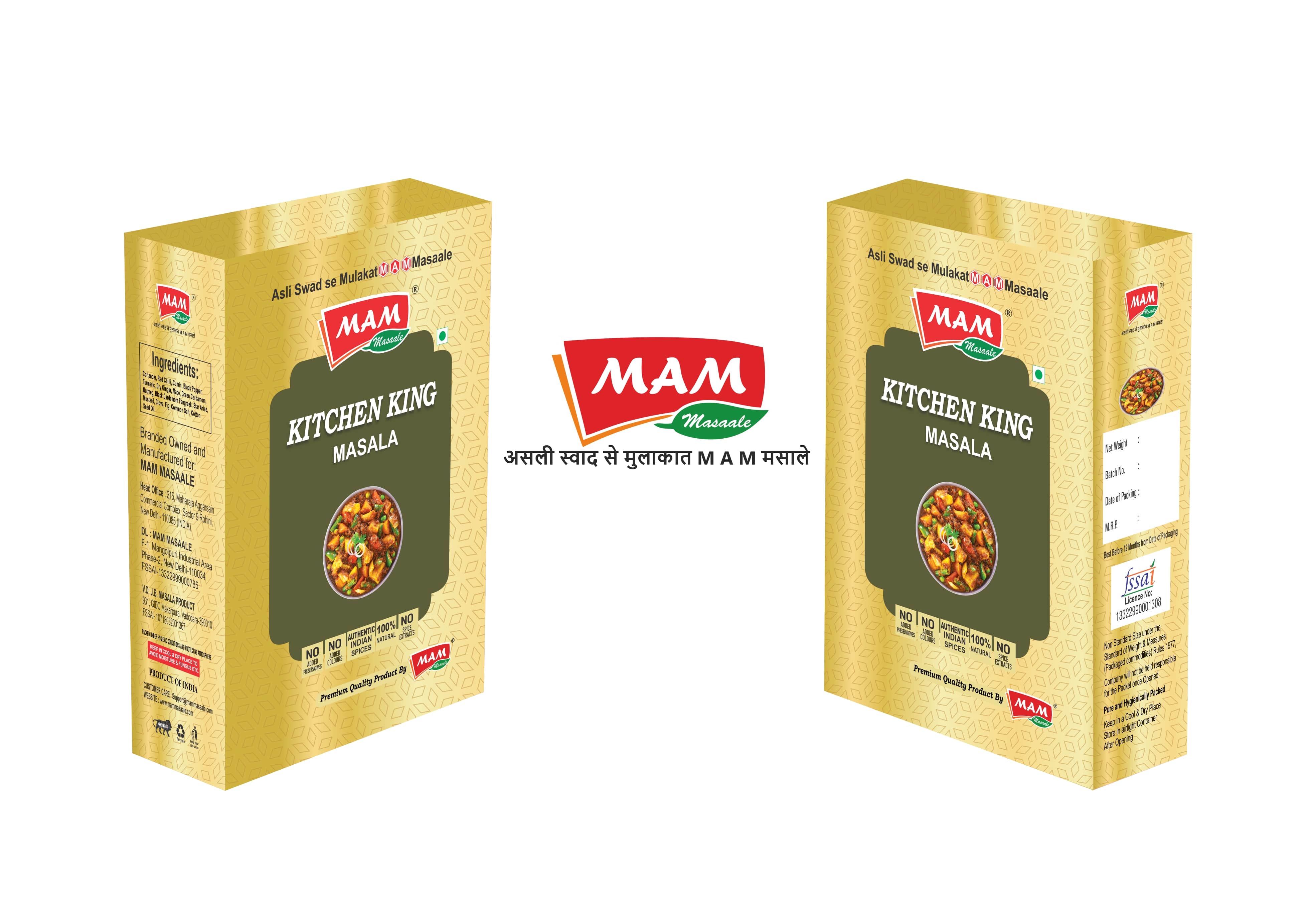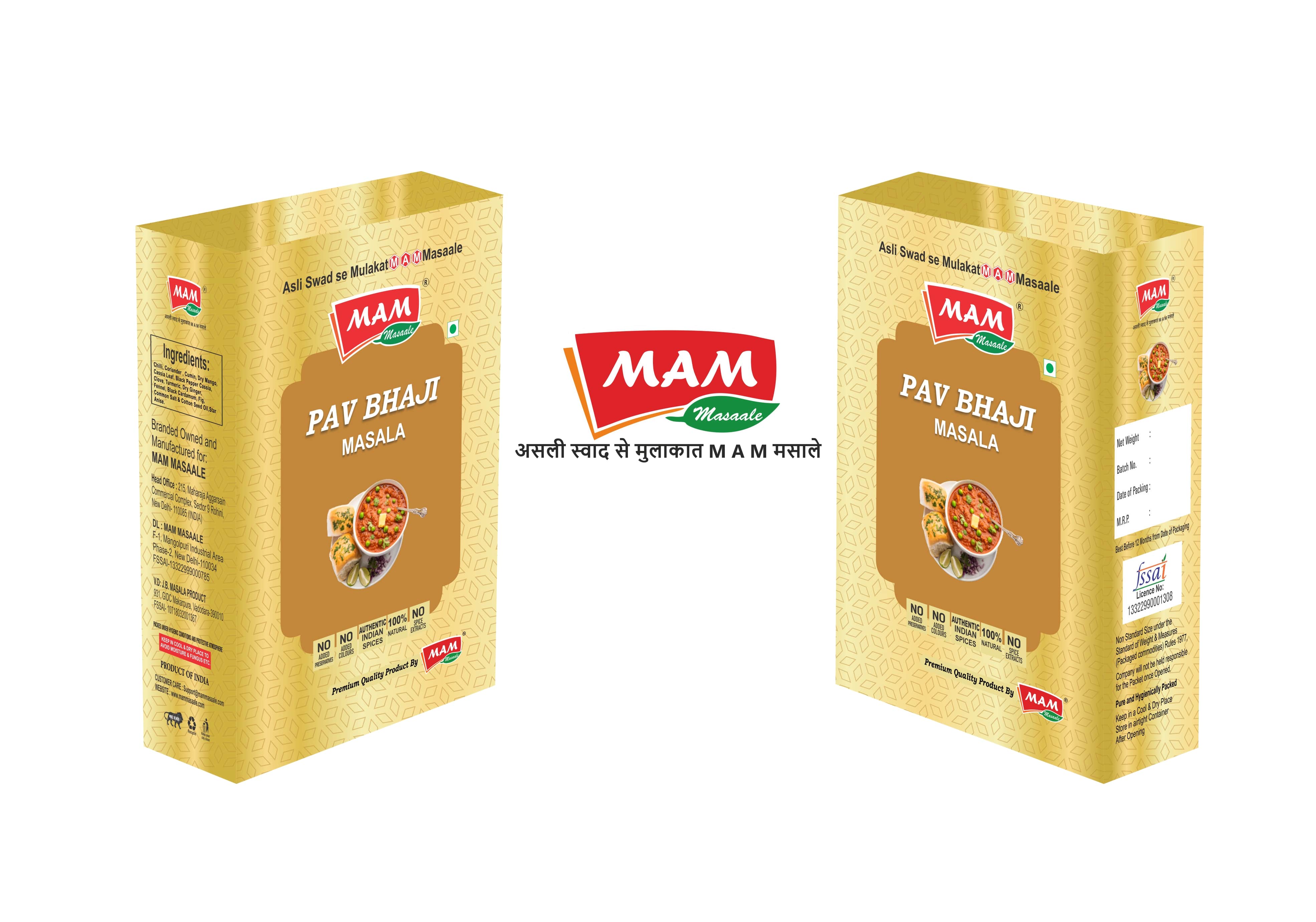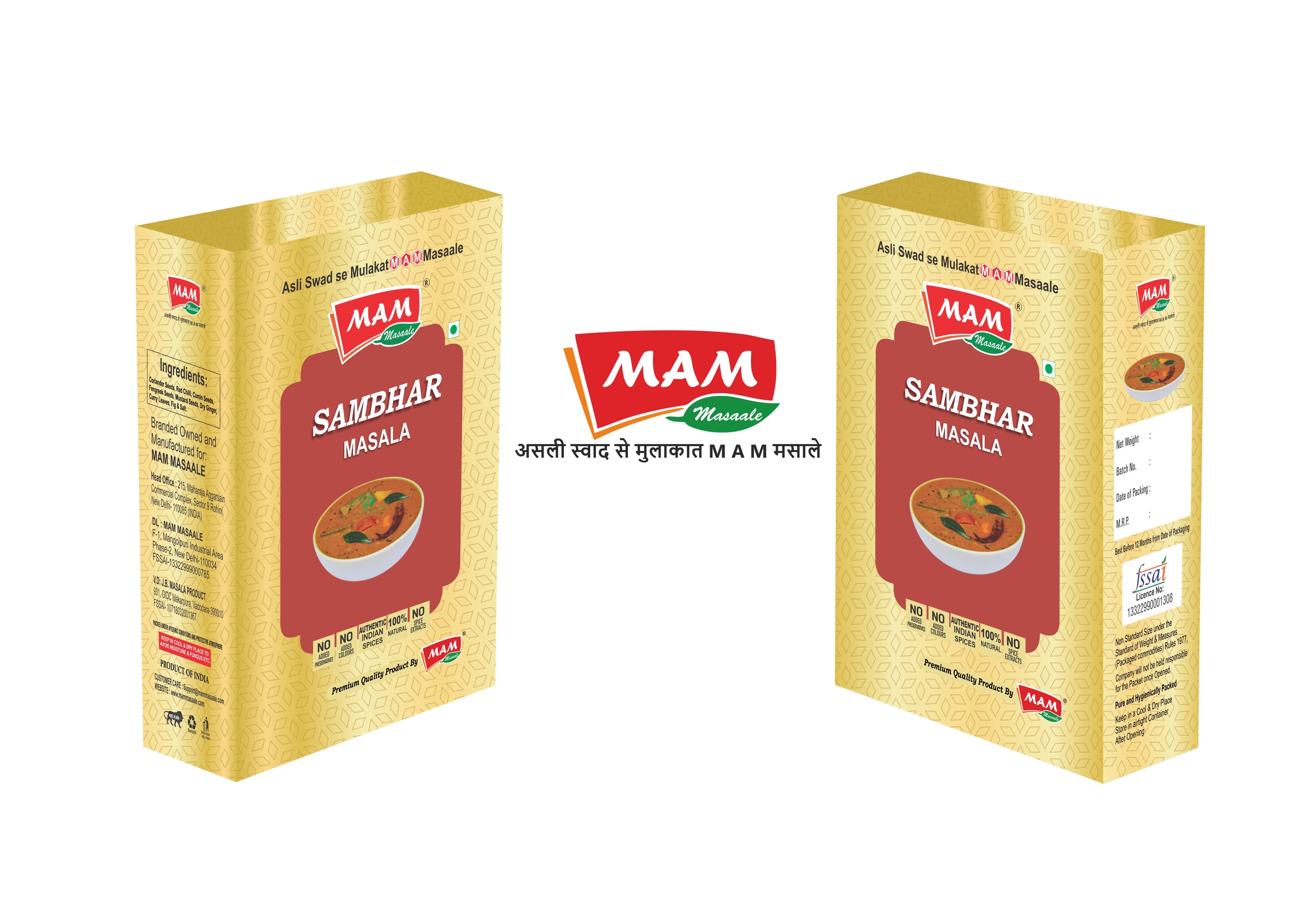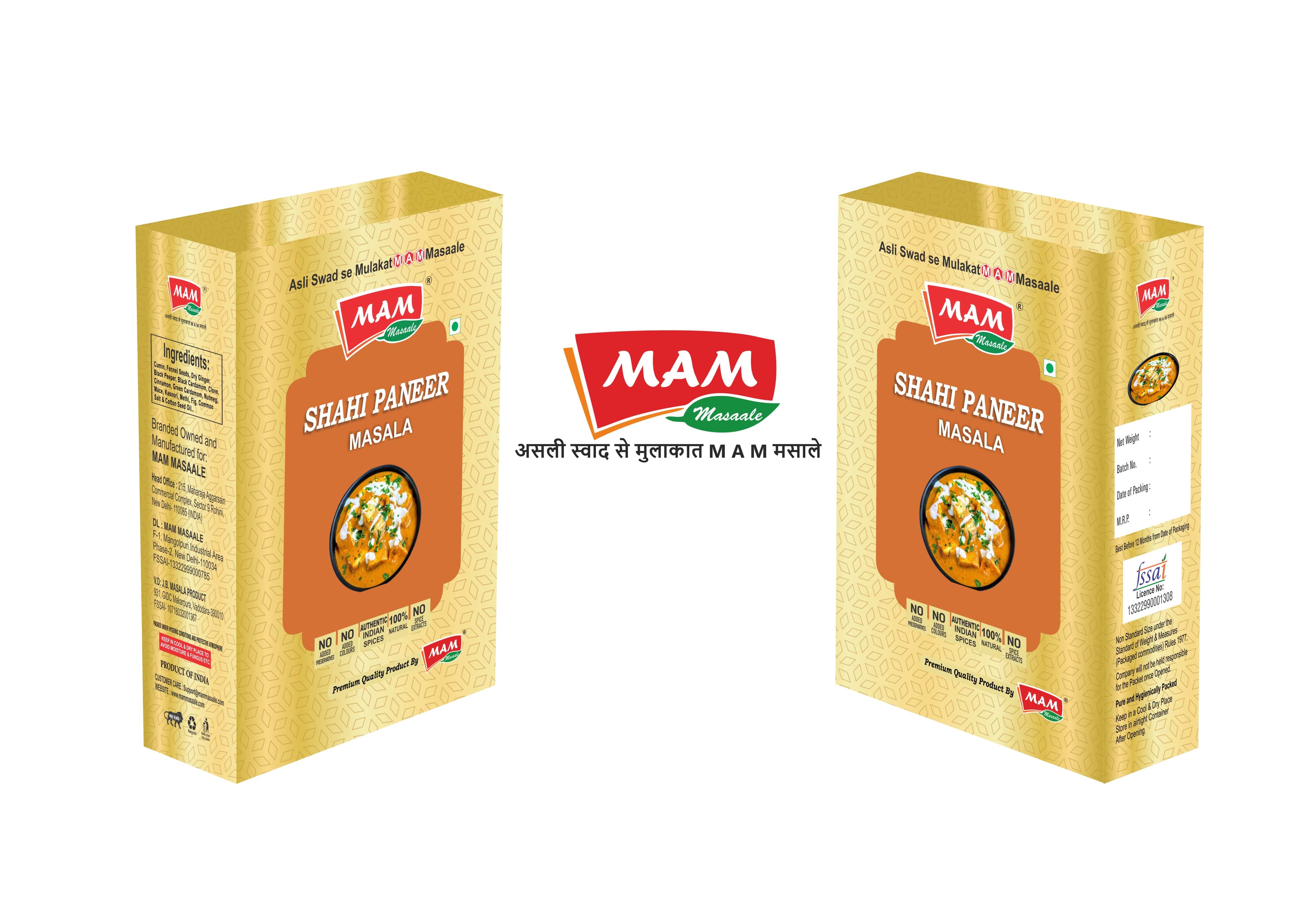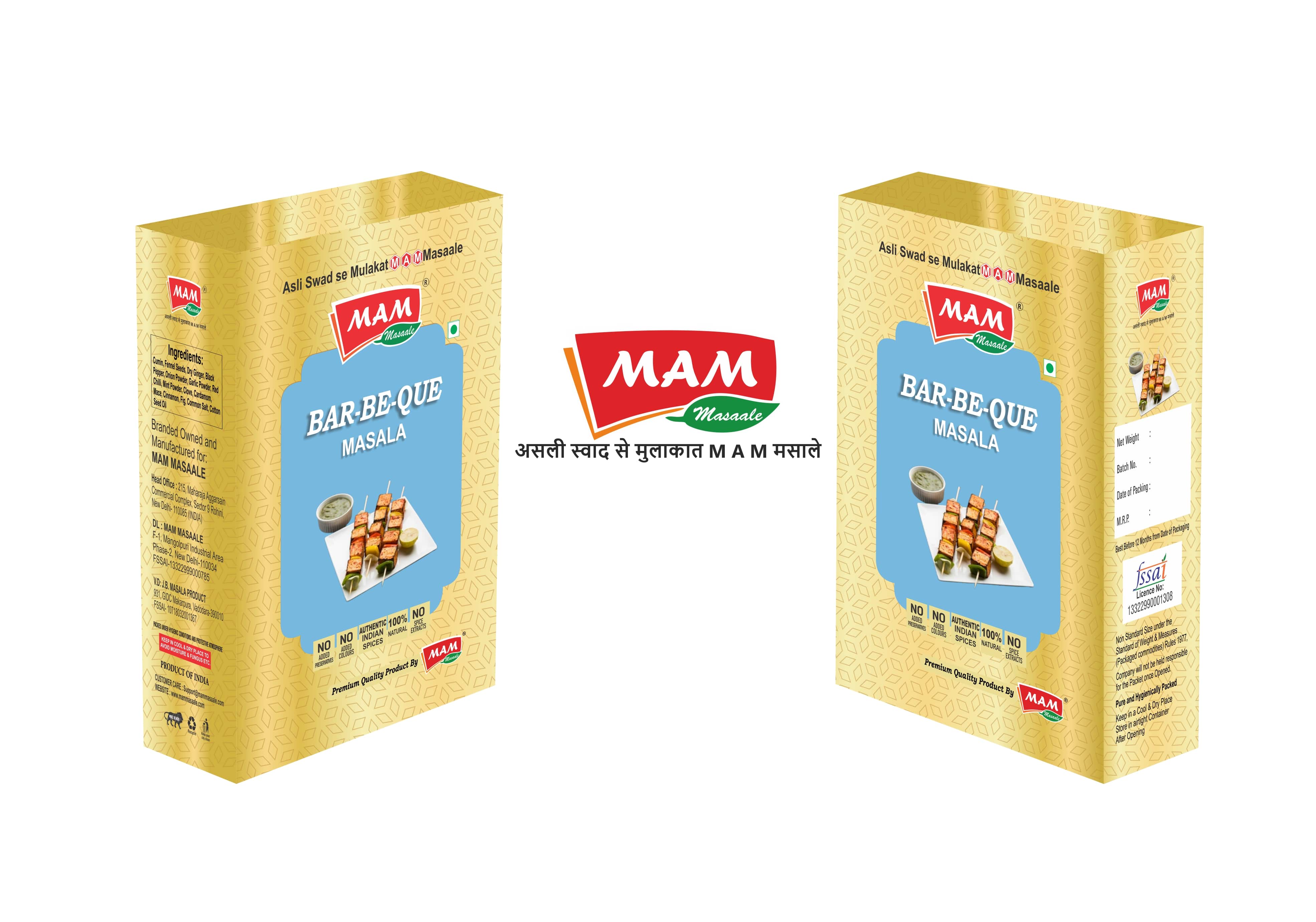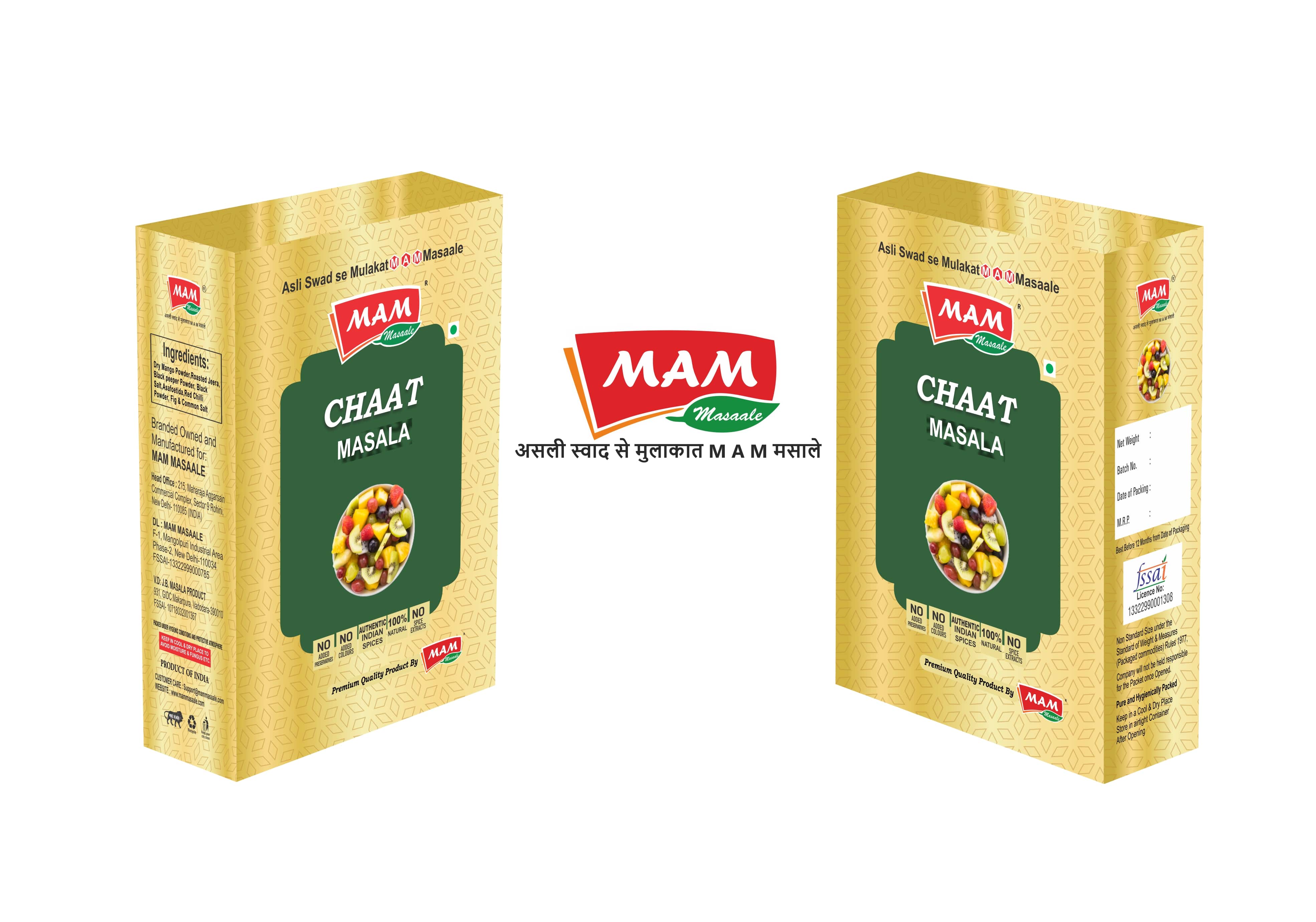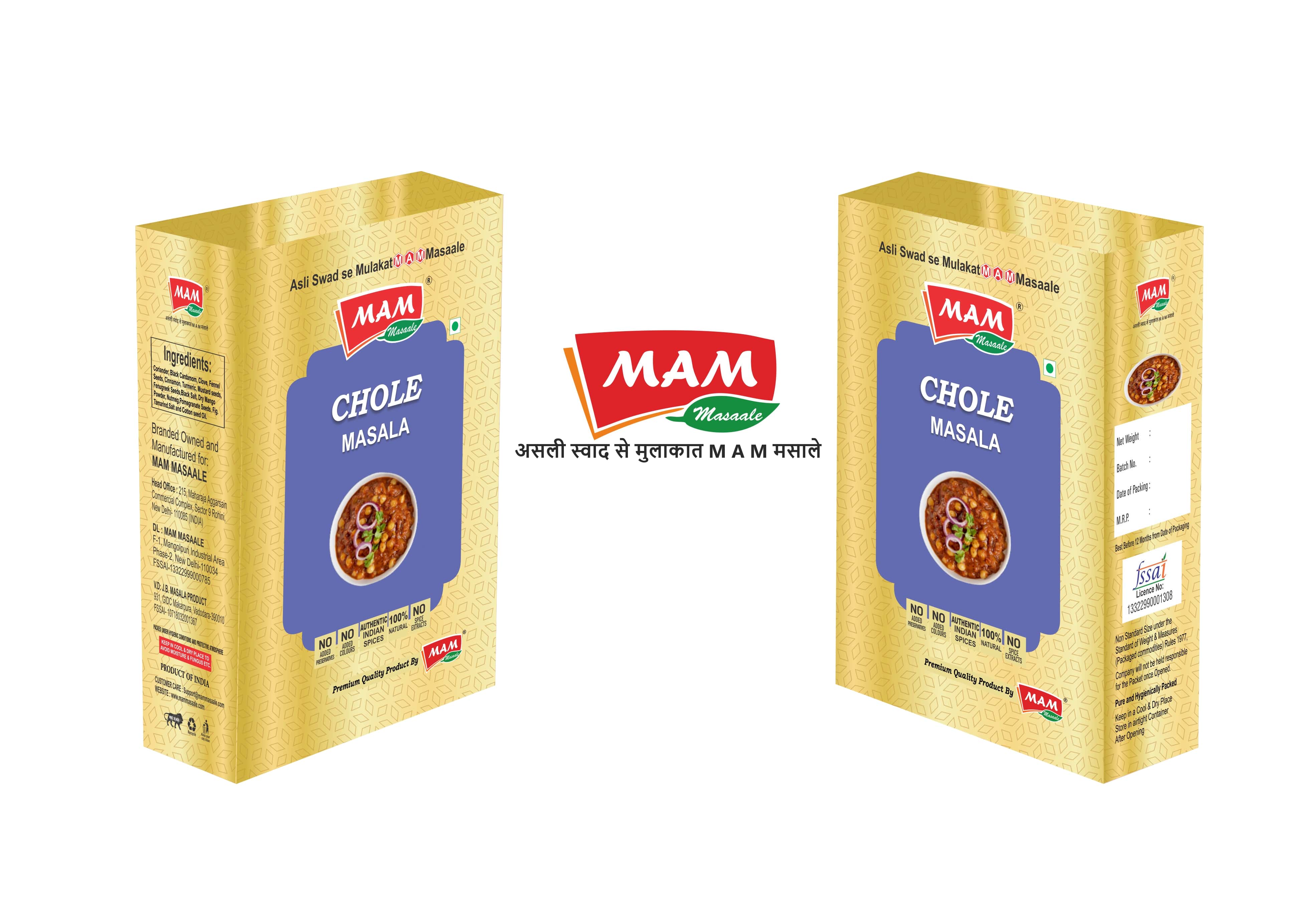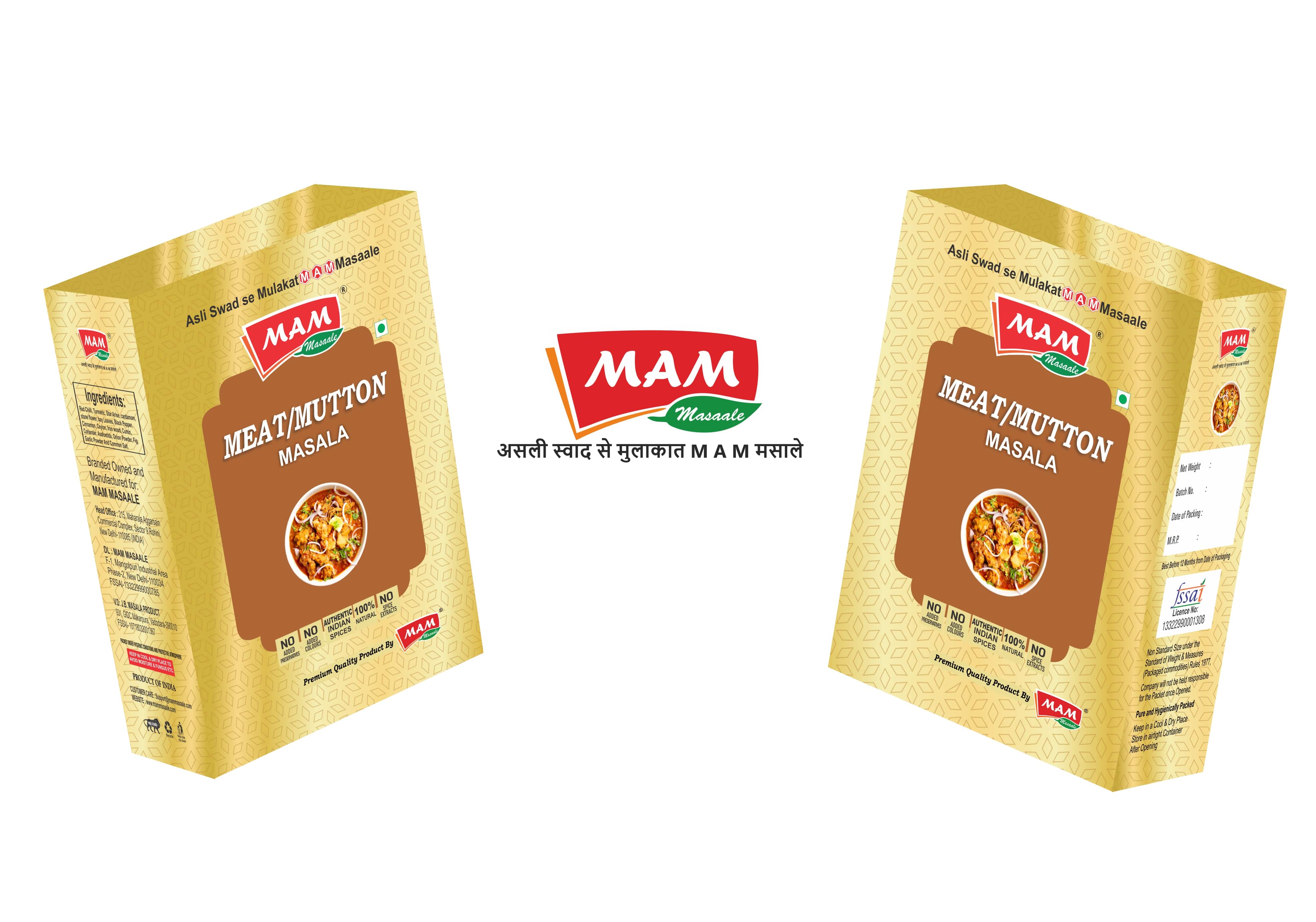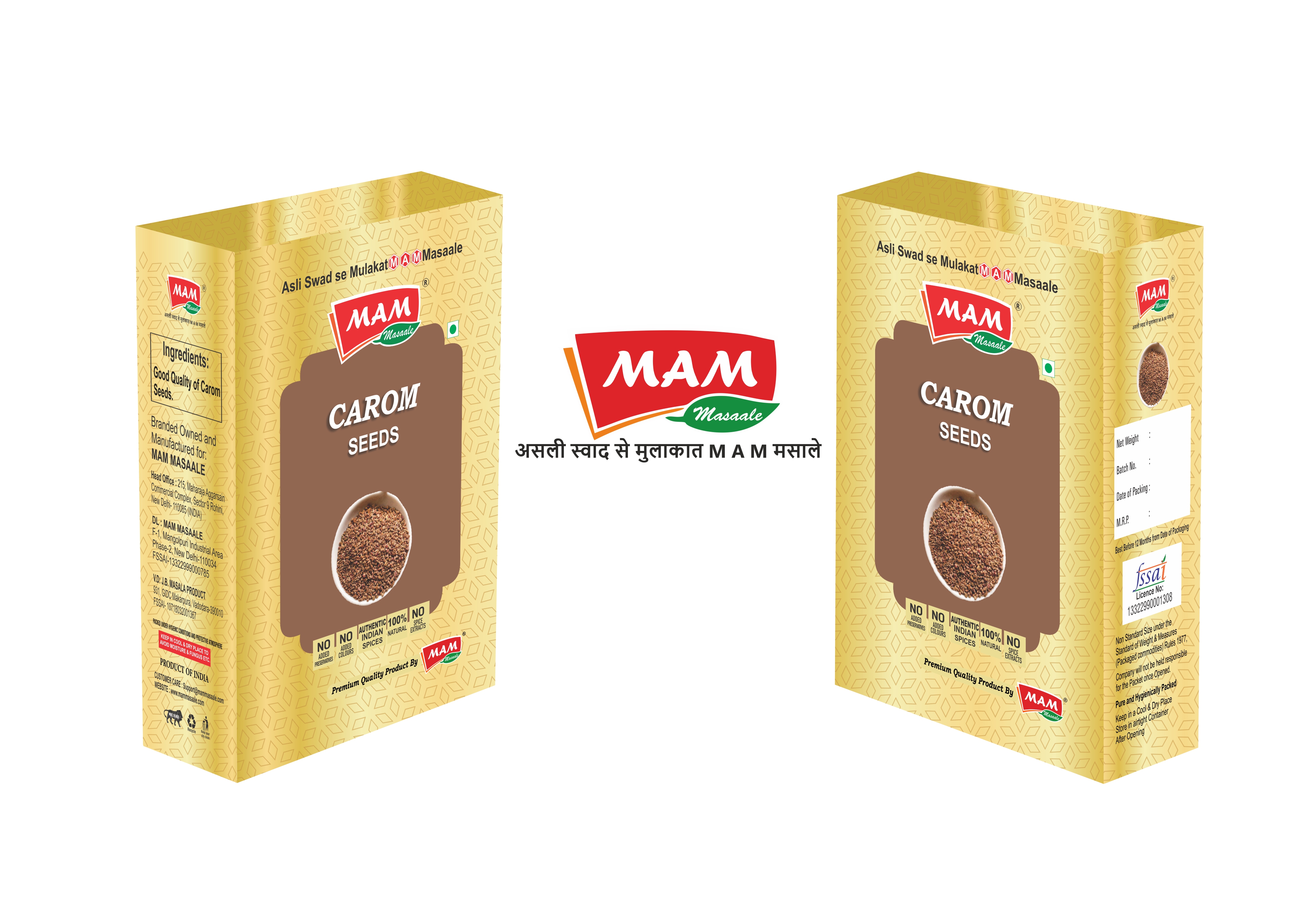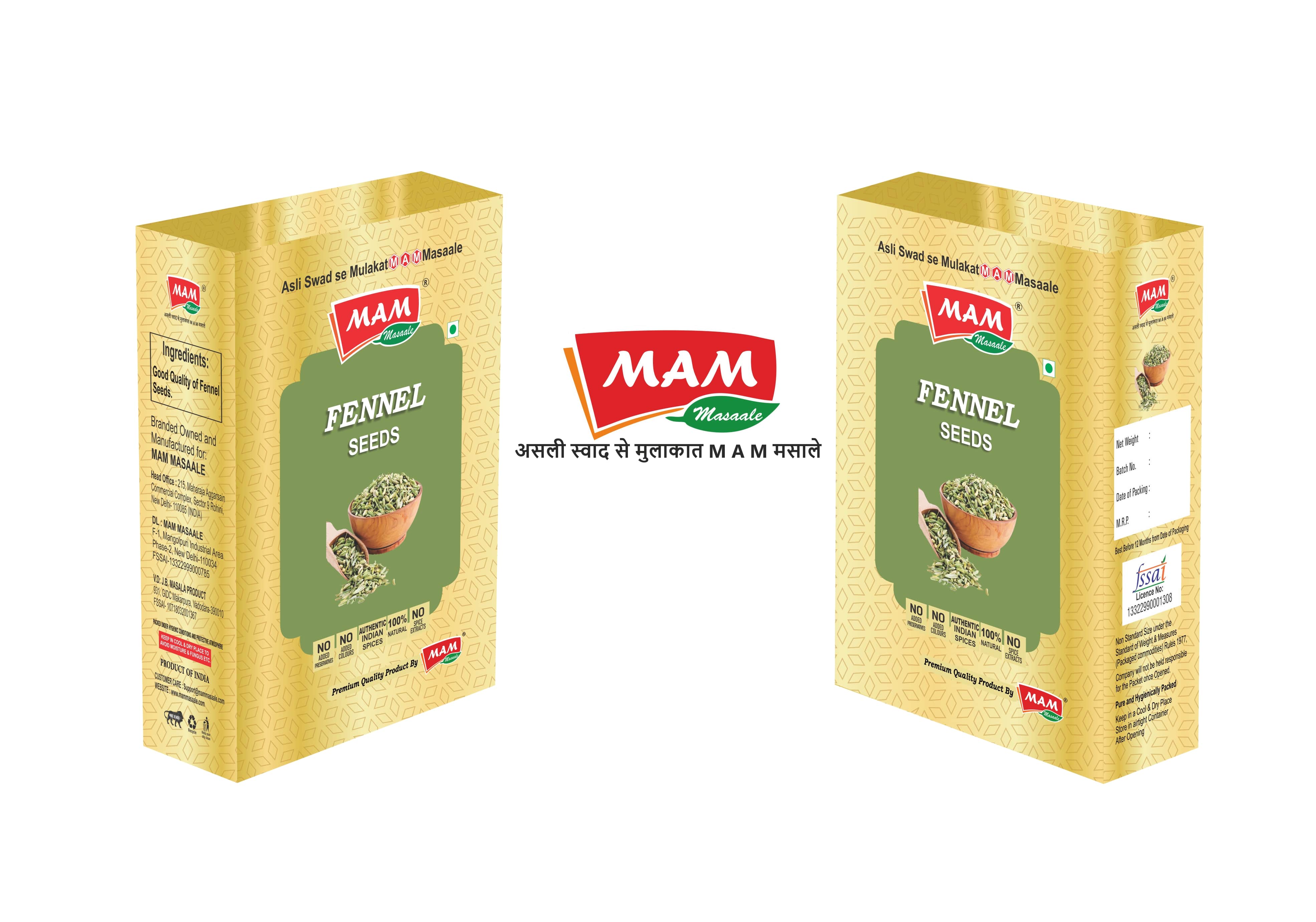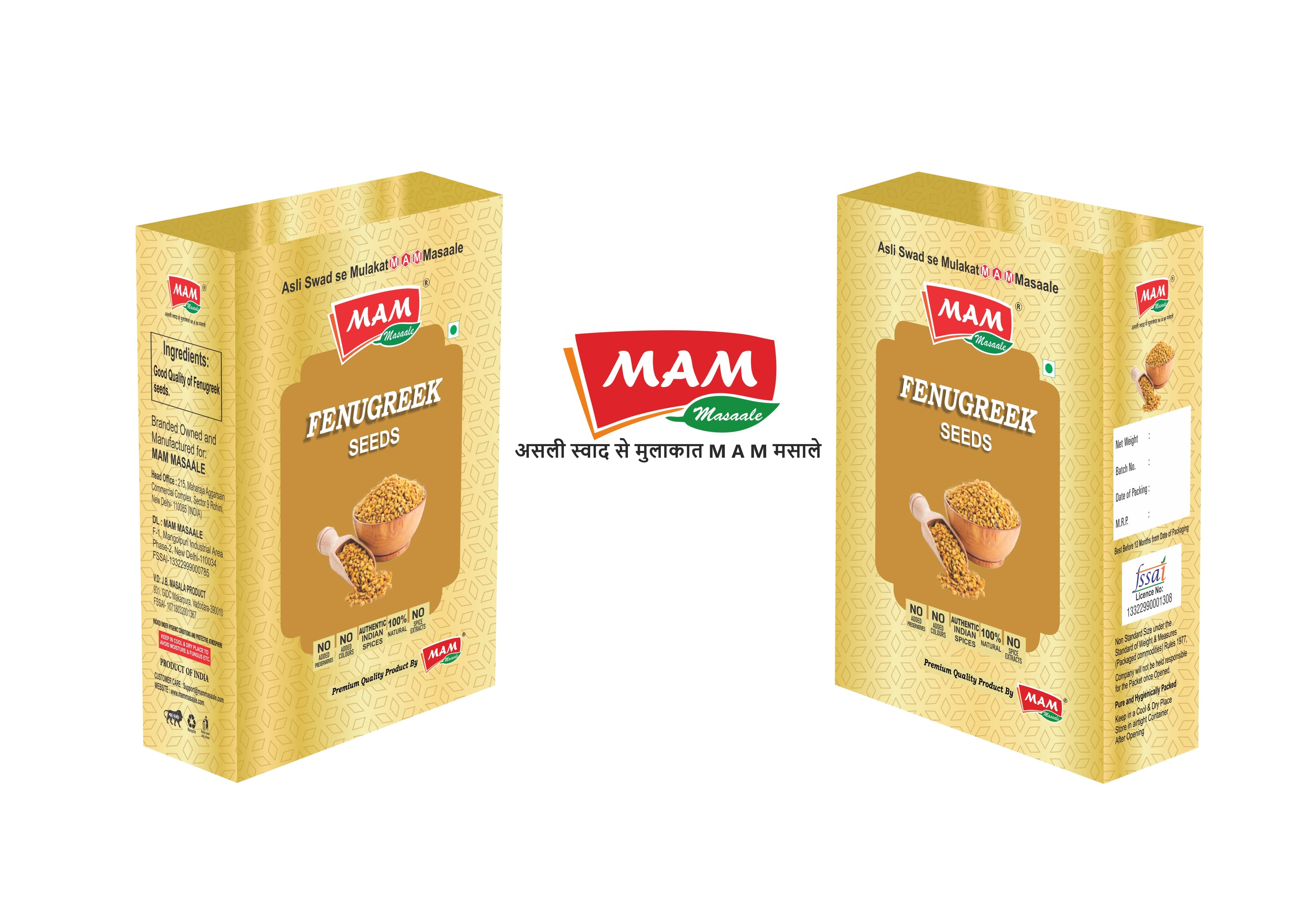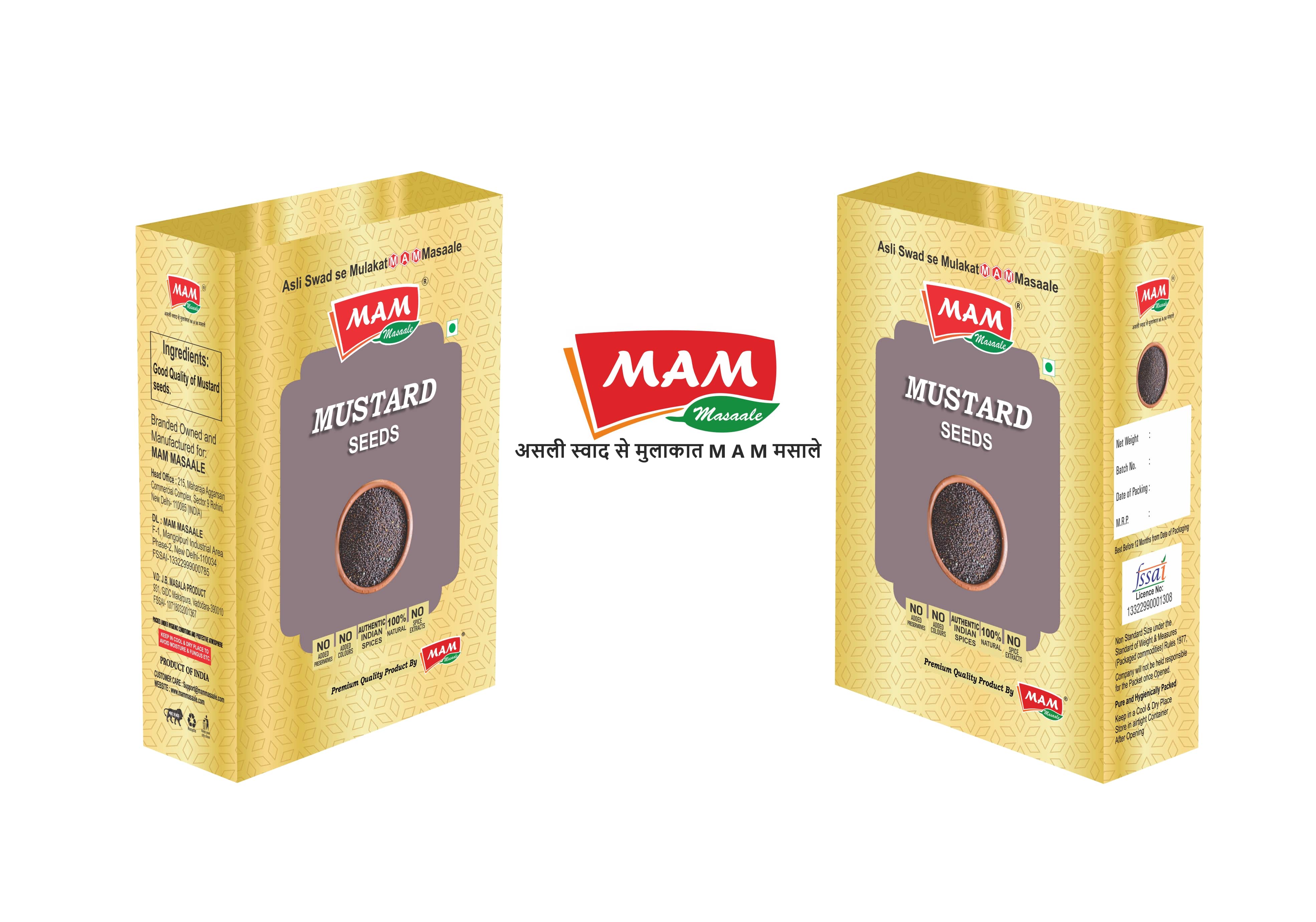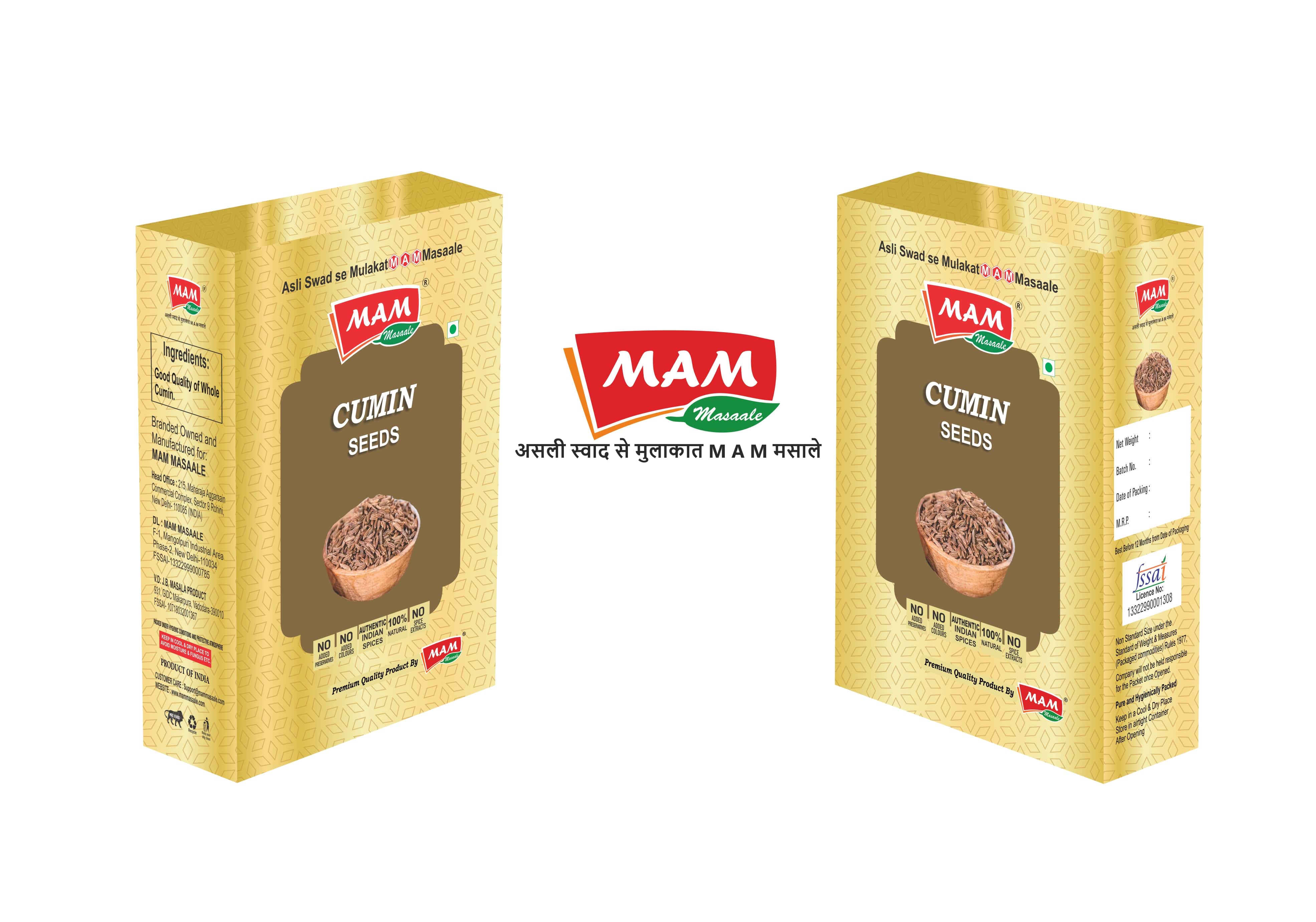Indian spices, with their rich aroma and distinctive flavour, have mesmerized people around the world for centuries. Behind the culinary magic lies the complex process of masala manufacturing, a craft perfected by Indian masala manufacturing companies. In this article, we embark on a journey to explore the fascinating world of spice processing, highlighting the steps involved and the artistry required to create the diverse range of spices that grace kitchens globally.
I. Sourcing the best raw materials:
The journey of spice processing begins with careful selection of raw materials. Indian spice manufacturing companies establish strong partnerships with local farmers and spice growers to ensure a continuous and high-quality supply of spices. The choice of raw material is important, as it lays the foundation of flavor and aroma that will define the final product.
Second. Cleaning and Sorting:
Once the raw spices reach the manufacturing facility, they undergo a careful cleaning and sorting process. This step is important to remove impurities, foreign substances and any contaminants that may have been introduced during cultivation and transportation. The goal is to ensure that only the purest form of spices is used in the manufacturing process.
Third, Grinding – The Heart of Spice Processing:
The grinding process is the soul of spice manufacturing. The selected spices are ground to the desired consistency, turning them into a fine powder from their raw, whole form. The choice of grinding equipment, such as a hammer mill or stone mill, plays an important role in determining the texture and quality of the final product. Each spice may require a specific grinding method to preserve its unique characteristics.
IV. Blending – Preparing Signature Spice Masala:
Blending is where the artistry of spice processing shines. Indian spice manufacturing companies employ skilled professionals with a deep understanding of flavor profiles and balance. Various spices are carefully mixed in precise proportions to create a specific spice blend or masala. The art of blending is often a closely guarded secret, passed down for generations within a company.
V. Quality Assurance:
Throughout the spice processing journey, quality assurance measures are rigorously implemented. Modern spice manufacturing companies invest in advanced testing facilities and laboratories to conduct regular tests for purity, flavor, and hygiene. These tests ensure that the spices meet the stringent standards set by regulatory bodies and adhere to the high expectations of consumers.
VI. Packaging – Maintaining freshness and taste:
Packaging is an important aspect of spice processing, as it plays a vital role in maintaining the freshness and taste of the final product. Indian spice manufacturing companies use packaging materials that protect the spices from moisture, light, and air – all factors that can compromise the quality of the spices. Airtight packaging also helps extend the shelf life of spices, ensuring that they reach consumers in the best condition.
Seventh. Innovations in Spice Processing:
As consumer preferences are evolving, spice manufacturing companies in India are adopting innovation in their processing methods. This includes the development of organic spice processing techniques, the use of sustainable practices, and the incorporation of technology to increase efficiency. Some companies are also exploring the use of unique processing methods to create new spice blends that cater to the changing tastes of diverse global audiences.
Eighth. To meet the demands of spice wholesalers:
Spice wholesalers form a vital link in the spice supply chain, acting as intermediaries between spice manufacturing companies and retailers. To meet the demands of wholesalers, manufacturers must not only maintain consistent quality but also ensure an efficient and reliable supply chain. It involves strategic planning, inventory management, and effective communication to meet the diverse needs of wholesalers supplying to different markets.
Ninth. Bulk Spices Export:
Many Indian spice manufacturing companies are actively engaged in exporting their products to meet the growing global demand for Indian spices. Exporting requires adherence to international quality standards, compliance with regulations, and understanding the specific requirements of different markets. Successful export operations contribute significantly to the economic growth of the spice industry and enhance the global reputation of Indian spices.
Conclusion:
The journey of spice processing undertaken by Indian spice manufacturing companies is a harmonious blend of tradition and innovation. From sourcing the finest raw materials to crafting exclusive spices, each step is executed with precision and passion. As these companies continue to push the boundaries of spice processing, the world can look forward to an ever-expanding palette of flavors that reflects India's rich culinary heritage. The artistry of spice processing not only preserves the heritage of Indian spices but also ensures their enduring presence in kitchens across the world.


